CNM Ensemble Concert II
Sunday, December 8, 2024 at 7:30p in the Concert Hall
Program
La Fleur du ciel for string trio (2010) | Christopher DIETZ |
| Rachel Peters, violin Kylie Little, viola Katie Forbush, violoncello |
Catching Light: Alto Saxophone Concerto (2024) I. within darkness | Zachery S. MEIER |
| Nick May, saxophone soloist |
intermission
Unrest-cure (2014) | Morgan HAYES |
Abracadabra (Suncatchers, for 11 virtuosi) (2024)each movement is played without pause I. Aurora’s Riddles | Augusta Read THOMAS |
Center for New Music Musicians
| Meier - Catching Light Joshua Stine, flute Aliya Zaripova, oboe Sayyod Mirzomurodov, clarinet Erik J Lopez Reyes, bassoon Erica Ohmann, horn Jake Fekete, trumpet Xiaoyu Liu, trombone Matt Sleep, tuba Miles Bolhman and Shaun Everson, percussion Neil Krzeski, piano/celesta Yestyn Griffith, violin I Michael Klyce, violin II Rebecca Vieker, viola Hanna Rumora, violoncello Xiaowen Tang, double bass David Gompper, conductor |
| Hayes - Unrest-cure Emily Ho, alto flute Aliya Zaripova, oboe Sayyod Mirzomurodov, bass clarinet Neil Krzeski, piano/celesta Yestyn Griffith, violin Rebecca Vieker, viola Hanna Rumora, violoncello David Gompper, conductor |
| Thomas - Abracadabra Joshua Stine, flute Sayyod Mirzomurodov and Lea Banks, clarinets Erik J Lopez Reyes bassoon McKenna Blenk and Evan Tanner, percussion Neil Krzeski, piano/celesta Yestyn Griffith, violin I Michael Klyce, violin II Rebecca Vieker, viola Hanna Rumora, violoncello David Gompper, conductor |
Program Notes
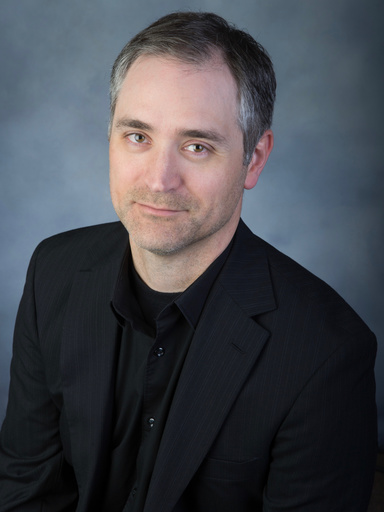
Dietz’s La Fleur du ciel , The trio is a reflection on the passage from Camus found below. Christopher Dietz composes music inspired by a wide variety of sources, both real and conceptual. Poetry, sound as sculpture and color, how toddlers play, deep time and the cosmos, rhythm as geometry, religion and politics, animal behavior, and the music of others are a few of the subjects that have informed his musical imagination. His music has been performed by contemporary music ensembles including Alarm Will Sound, Decoda, Ensemble Échappé, NODUS, The Orchestra of the League of Composers, Ogni Suono, Duo Scorpio, The East Coast Contemporary Ensemble, and Trio Kavak as well as traditional ensembles such as L’Orchestre de la Francophonie, The San Jose Chamber Orchestra, The Orange County Symphony, The Toledo Symphony, and many university ensembles. Christopher holds degrees from the University of Michigan, the Manhattan School of Music, and the University of Wisconsin. He was previously on the faculty at the Oberlin Conservatory and is currently an associate professor of composition at Bowling Green State University in Ohio. |
Catching Light is musical work for solo alto saxophone and chamber ensemble that explores the representation of light in three distinct ways: within a darkened storm, through crepuscular rays, and with the rising of the sun at dusk. Through quick melodic and rhythmic gestures in the first movement, cluster chord bursts of the second movement, and the orchestrated build of melodic and textural material of the final movement, I explore the saxophonist’s ability to act as a force of light working to find its way out of the darkness. This piece serves as a personal investigation of identity, revelation, and the composition process. Elements of the piece are continuously modified and stripped away throughout each movement, imploring the saxophone to discover new roles as a solo voice within the larger ensemble. 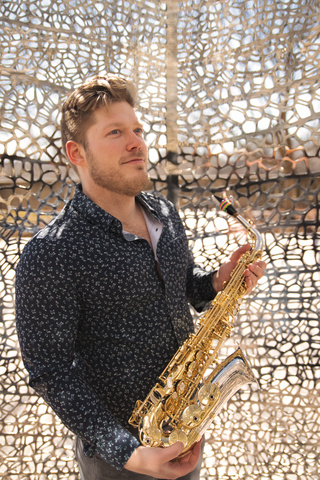
Saxophonist Nick May is sought after as “a highly expressive, virtuosic, and fresh performer” (David Del Tredici, Pulitzer Prize and Grammy-winning composer) that “brings his personality to every performance - full of genuine joie de vivre!” (Javier Oviedo, Classical Saxophone Project). Since his solo debut at the age of eighteen with the Lincoln Symphony Orchestra, May’s career has taken him throughout the United States, Singapore, Germany, Sweden, and Denmark, appearing recurrently as a guest artist and recitalist. Additionally, May has garnered prizes at many prestigious national and international competitions with recent Carnegie Hall performances. 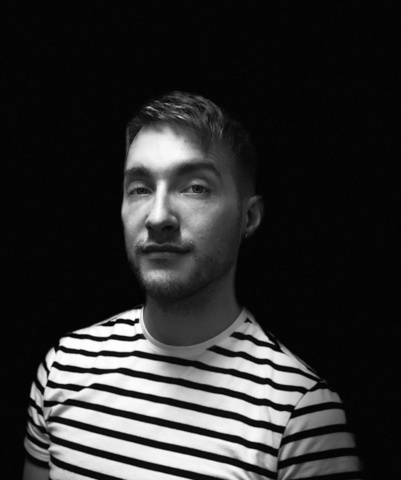
Zachery S. Meier is a composer, collaborator, and flutist who resides in central Ohio. As a composer, Meier’s work seeks to meld physical and sonic art forms while engaging with his Queer identity. Much of his output exists in solo and chamber works and has received notable performances from the JACK Quartet, ETHEL (String Quartet), United States Air Force Band, and the Ho Chi Minh Ballet Orchestra. His work has been featured at National and International conferences and festivals; National Flute Association, International Trombone Festival, International Tuba Euphonium Conference, and the College Music Society National Conference. As a collaborator, his work focuses on interdisciplinary exchanges, with a focus on movement in communication with music. His recent collaborations have been featured with Mad Shak Dance Company (Chicago), Macaranas Dance Company (Iowa), and the Denison Theatre Department. Meier is currently serving as Visiting Assistant Professor of Music Theory and Composition at Denison University in Granville, OH. |
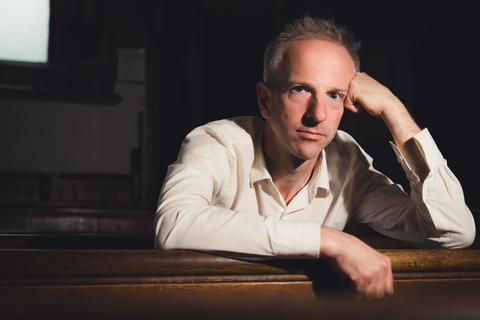
Unrest-cure is loosely based my piece on a short story by Saki with the same title. The viola plays the most important role in the piece which shows two characters: an elegiac opening and a closing melody, interrupted by an impulsive march to which I found my inspiration during a visit to the Augarten Park in Vienna, where monumental flak towers disturb the charming baroque idyll of the garden. Born in Hastings in 1973, Morgan Hayes studied at the Guildhall School of Music, where his teachers included Simon Bainbridge, Robert Saxton and Michael Finnissy. Since early recognition of his composing and piano playing talent there he has made his home in central London, producing an Impressive body of work while making a day-to-day living as a resourceful ballet pianist and teaching composition at the Royal Academy of Music. |
Abracadabra - Music for me is an embrace of the world, a way to open myself to being alive in the world — in my body, in my sounds, and in my mind. I care deeply about musicality, imagination, craft, clarity, dimensionality, an elegant balance between material and form, and empathy with the performing musicians as well as everyone who works in the presenting organizations. 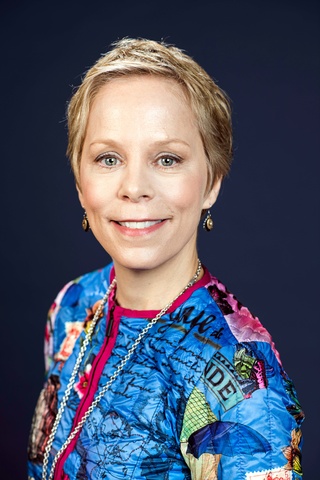
The music of Augusta Read Thomas (b. 1964 in New York) is nuanced, majestic, elegant, capricious, lyrical, and colorful — "it is boldly considered music that celebrates the sound of the instruments and reaffirms the vitality of orchestral music" (Philadelphia Inquirer). 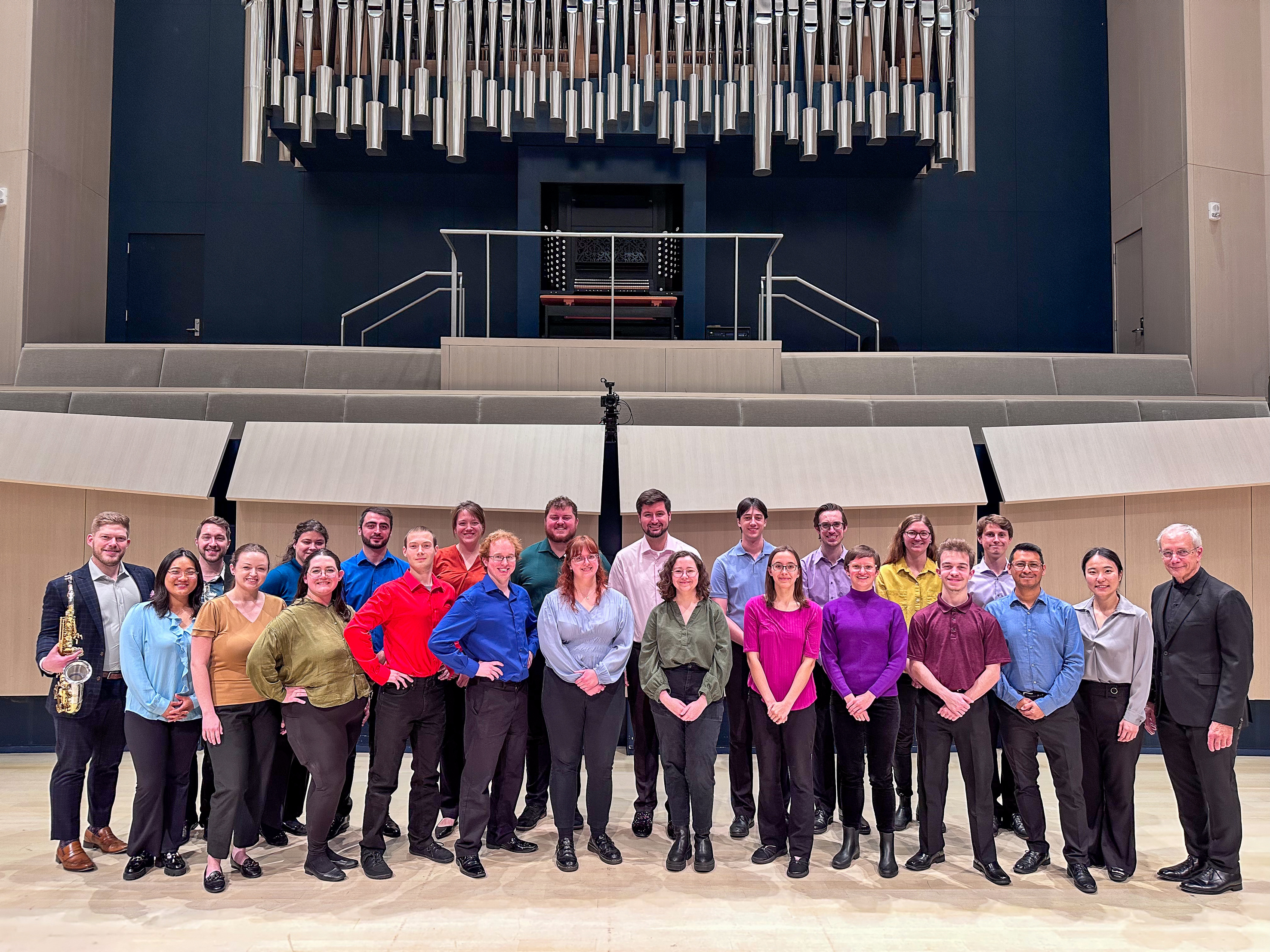
|